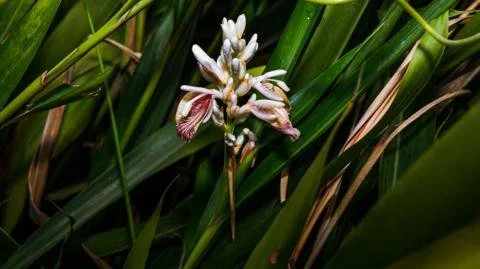From Challenges to Innovations: How Technology is Revolutionizing Cardamom Farming
Cardamom, known as the “queen of spices,” is celebrated for its complex flavor but poses significant challenges for farmers, particularly in Kerala, India. Veteran farmer Stanley Pothan explains that despite its potential for being lucrative, growing cardamom is daunting due to its sensitivity to diseases, pests, and weather fluctuations. A recent heat wave devastated harvests, contributing to a staggering 70% increase in prices, highlighting the precarious nature of cardamom farming.
To combat these challenges, the Indian Cardamom Research Institute (ICRI) is pioneering efforts in crop improvement, using technology to assist farmers. A.B. Rameshwari, the ICRI Director, emphasizes that technology has become integral to modern farming, enabling farmers to monitor soil health through apps and receive real-time alerts on weather and diseases. Additionally, scientists are developing new hardy cardamom varieties resistant to major threats, enhancing yields and resilience against climate change.
A significant aspect of cardamom farming is the drying process post-harvest. Traditionally, only larger farms could afford specialized dryers, while smaller farms often relied on less efficient methods that risked quality. Annu Sunny, founder of Graamya, has introduced cost-effective heat-pump dryers that improve the quality of dried pods, crucial for maintaining market prices.
Some farmers, like Mathews Geroge, are exploring organic farming practices, despite initial setbacks. After implementing ancient farming techniques known as Vrikshayurveda, he has experienced more success. This organic approach focuses on reducing input costs and understanding the soil, permanently shifting the narrative around sustainability in cardamom farming.
Labour remains a significant concern, with Pothan noting that it constitutes about 75% of his operational costs, especially during the labor-intensive harvesting phase. Despite advancements in technology, mechanisation is limited in this sector; many crucial tasks still require skilled manual labor, predominantly performed by women who understand the nuances of when to harvest.
In conclusion, the journey of cardamom farmers is marked by struggles and innovation, blending tradition with technology as they adapt to changing climatic and market conditions. As the industry evolves, it strives to find a balance between productivity and sustainability, ensuring the future of this coveted spice.

